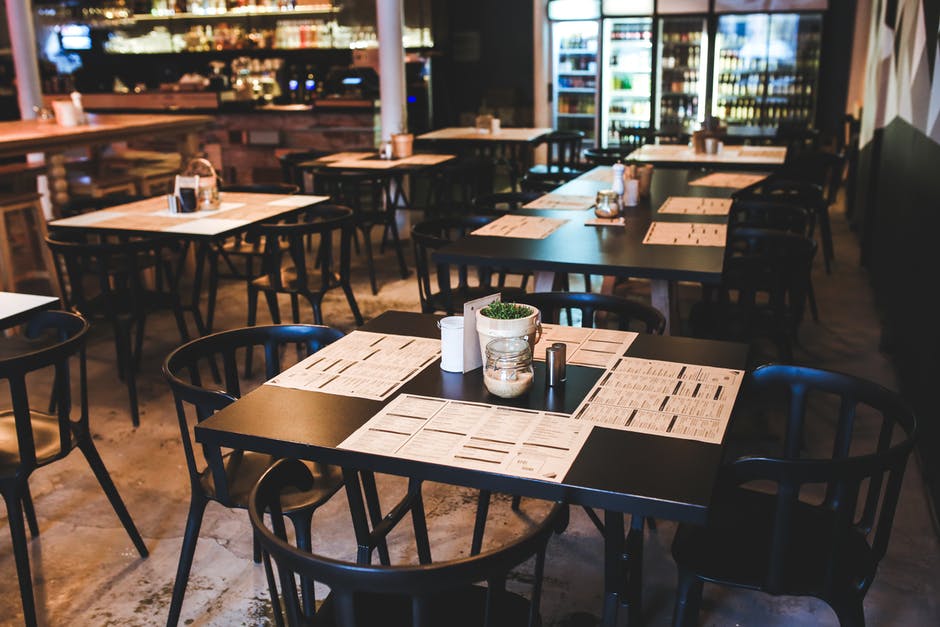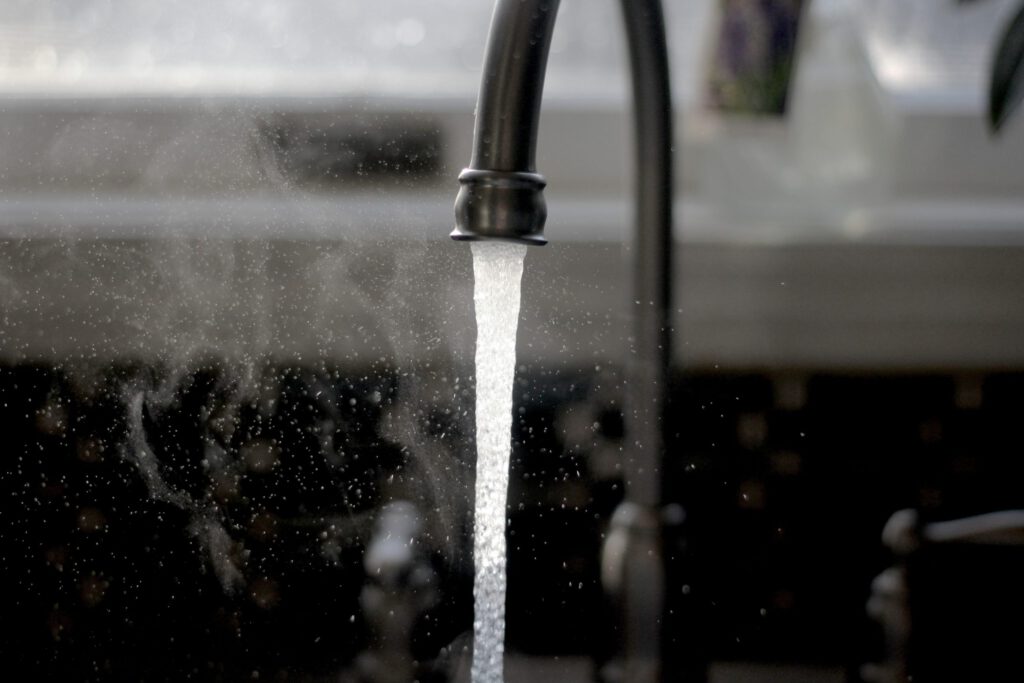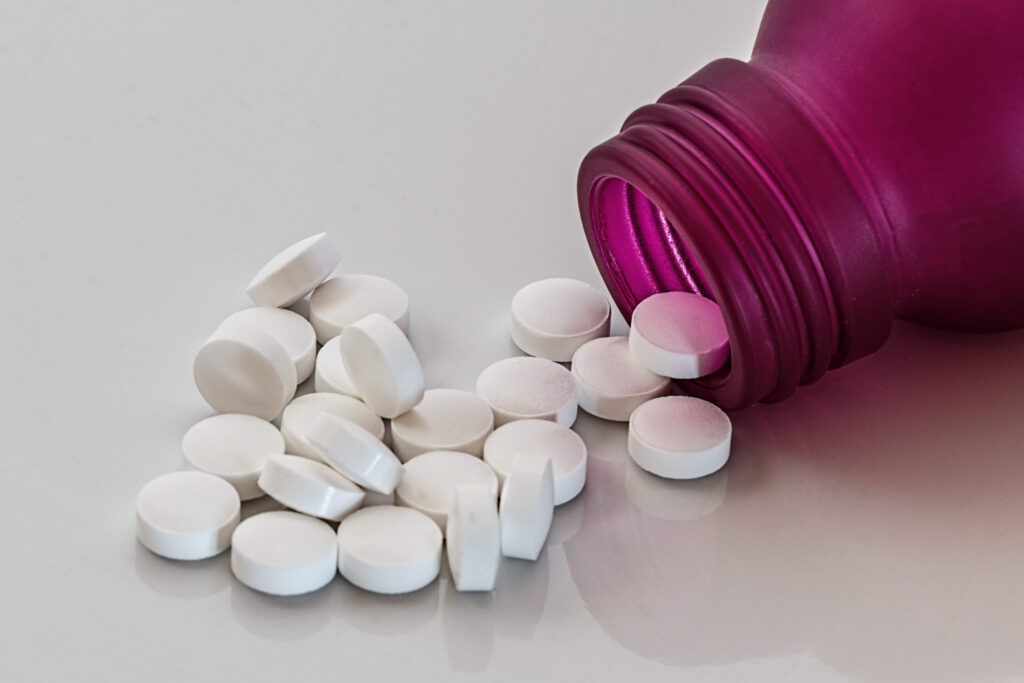Soon it will be winter again – and for facilities across North America, this means a few things. Temperatures are dropping, snowfall is increasing, and the risk of power outages is on the rise. Winter is undoubtedly one of the most dreaded times for facilities managers because it comes with many challenges. First, there’s the temperature to consider. How low will it get? Will there be enough heat to get through the night? And how will this impact facility power systems? Then there’s snow. If not removed regularly, it can pack up and cause building leaks that seep into electrical conduits. A further hazard is ice dams which occur when melting snow creates an icicle that accumulates within and builds up against a roof. In this blog, we will cover tips and things to remember when you winterize your facility.
Facility Inspections
Winterization is a process that ensures your building is ready for winter. It is a great way to save money, reduce energy use and increase occupant comfort. Winterizing your facility involves several tasks that will help keep things running smoothly throughout the winter months. It’s essential to give your facility a thorough inspection when you begin this process.
Full Inspection Of HVAC Systems
With each season, a full inspection of your HVAC units is needed to ensure they are ready for winter conditions. This inspection involves looking for any broken or damaged parts that can cause ventilation problems. Also, checking each unit’s filter and ensuring they are debris-free. If any problems are found, they should be repaired immediately.
Clean and Change HVAC Filters
HVAC filters should be cleaned or changed at least 2-4 times a year depending on a variety of factors such as use and location for example. This regular preventive maintenance ensures that the air circulating in your space is clean and free from contaminants like dust and pollen.
Increase Ventilation
During the winter months, it’s important to increase ventilation in your facility as much as possible. This will help to keep your employees healthy by circulating fresh air into their work environment. You can do this by increasing the number of windows in your facility (if possible) or installing exhaust fans in areas where smoke may build up, such as break rooms and kitchens.
Test Backup Generator
If you have a backup generator, you must test it at least once per month during winter to be ready when needed: during inclement weather! Checking your generator regularly will also allow you to make necessary repairs or adjustments before they become more expensive problems down the road.
Test Emergency Lighting Systems
Before cold weather hits, be sure to test all of your emergency lighting systems. This includes battery-powered lights and generators in case of power outages. Also, make sure that you have adequate supplies on your hands, such as flashlights and batteries.
Clean Out Gutters
Inspect gutters and ensure they’re clear of leaves and debris before winter hits. Any buildup will prevent rainwater from draining properly, which could cause water damage when temperatures drop below freezing.
Close Off Water Supply In Unheated Spaces
If unheated spaces exist in your facility, shut off their water supply before the first freeze, and this will prevent pipes from bursting when temperatures drop below freezing. You can also turn down water heaters before the first freeze so they don’t overheat if temperatures rise above freezing for short periods during winter storms or thaws.
Winterize Cooling Systems
If you have a cooling system, ensure it’s in good working order. To prevent freezing pipes, remove all hoses that are not needed for the season. If your system uses antifreeze, check the coolant levels and ensure there’s enough for the entire season.
Inspect Roofs
Inspecting roofing materials for any signs of damage or wear is essential. You should check for missing shingles, loose flashing, or other problems that could lead to leaks or water damage inside your building. If necessary, you should replace damaged shingles or patch holes in flashings before winter arrives.
Inspect Weatherproofing
Most buildings have weatherproofing installed around doors and windows to keep out rain, snow, wind, and other elements that cause damage to exterior surfaces. Before winter starts, check these barriers for signs of wear or damage. If necessary, have them repaired by a professional contractor before the first snowfall hits your region.
Inspect Insulation
If you live in a cold climate, there are several ways to improve the insulation value of your home or facility: You can add more insulation to walls and ceilings, install new windows with better thermal performance, use more efficient heating equipment and insulate hot water pipes with foam pipe insulation, so they don’t lose heat when they’re carrying hot water through walls or ceilings.
Occupant Comfort
Finally, don’t forget about occupant comfort! Ensuring your facility is comfortable throughout the year is essential for employees and customers. Maintaining comfortable indoor air quality during cold weather is necessary to maintain good health. Make sure heating and cooling systems are in good condition before the start of winter!
Be Prepared For Cold Weather Winterize Your Facility Now.
The best practice to winterize your facility is to be prepared. Build a comprehensive list to run through during the fall to prevent disruptions to your business when the holiday season hits or a terrible storm. When in doubt, consult with a pro, such as SLM Facility Solutions Nationwide, to help evaluate and complete your winterization projects. With service providers nationwide you can cut down time searching for the right vendor and have more time to focus on your customers and staff. Contact us to find out how we can assist you in winterizing your facility today.



